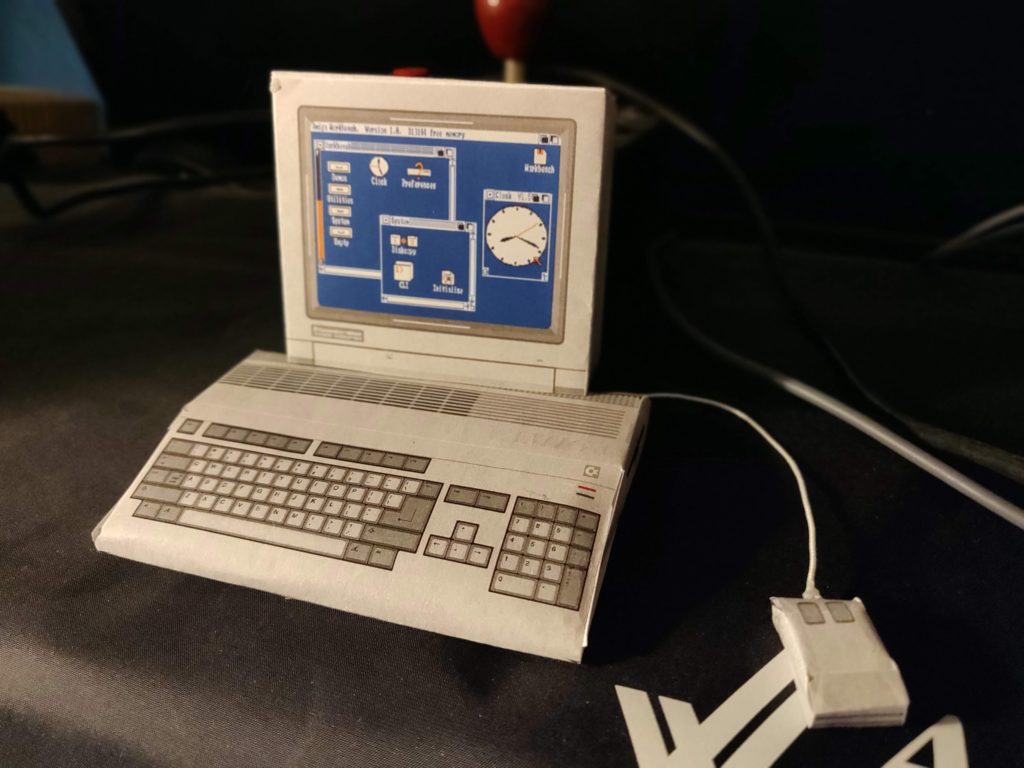So here are a few random thoughts about tech that allows gamers to play games on a device that is different than the one actually running the game, over the network. This article is about the tech and services that currently exist and my thoughts on viability and their future.
What this article is not is streaming services that stream OTHER people playing:)
There are two distinct use cases for game streaming.
The first one is streaming games from a device in your household to another. An example of this is Steamlink which allows you to stream your Steam library from your (normally powerful) gaming PC to another, normally much less powerful device that has an advantage over the gaming PC, in the form of portability (e.g. streaming to your phone over WiFi from your PC being able to play with the same quality – albeit a smaller screen – in another room or in the garden) or location (e.g. streaming to an Apple TV which is connected to a huge ass TV and game there instead of your PC monitor). This service started as a hardware package, the Link hardware, but has lived on mostly on mobile devices.
Obviously this scenario is free, since all of the equipment used, the machines and the network between them, is already in place and you already own licenses for the games you play. This scenario is also the best performing, since latency is normally low (with a wired connection or 5GHz WiFi), network jitter is low and bandwidth is a non issue.

The second scenario is some form of gaming-as-a-service in some form. Depending on the service provider, this might include the whole package (servers and games) being streamed to any of your devices over the internet for a subscription fee (for example Playstation Now). Other service providers may require you to already own a license of the game you want to stream (e.g. Geforce Now) or even buy a license on the service itself (e.g. Google Stadia).
Microsoft’s Project xCloud is a hybrid service, since it will provide both a way to stream the games you own on the Xbox from your own Xbox console to another device over the internet for free as well as stream games you don’t own from xCloud’s servers (which are Xbox consoles in server racks) for a subscription fee.

I have tested a few of these services over an excellent internet connection (I have a 10GBps fiber at home) as well as local streaming (over gbit LAN and 5GHz Wifi). As things are right now, I think that the usefulness of these services depend on what the expectation of each users are.
If you are a hard core gamer, who can feel the difference of a few fps and demands a 144Hz monitor because 60Hz is just not fast enough for your superior gaming reflexes, just STAY AWAY from ANY streaming software. No network, no matter how fast, will ever be faster than your PCI Express bus and its connection to your monitor. So, if you are the kind of gamer who will pay 500+ for a GPU that gives them 10fps more than what they had before, this tech is not for you. Companies know that, and you are not their target audience anyway.
BUT, it also depends a LOT on the game and companies know that too.
Games that do not depend on lightning reflexes and can tolerate 100s milliseconds of delay without altering their core experience do just fine over the network. Examples include games that you can enjoy in 30fps, like the Assassin’s Creed series (it’s not a coincidence that Google Stadia was showcasing its service using Assassin’s Creed Odyssey). This also include non-real time games, like puzzle and strategy games. If this is your thing, by all means go ahead and enjoy these services.

So what is the target audience of these services? It’s two groups of people: casual or semi-casual gamers, who enjoy games like the ones I mentioned before and non-gamers who never invested in any gaming hardware, or did so a long long time ago and would like to play some of the latest games, without doing it now. A small fee is a small price to pay and I guess that services will be adding new games all the time.
The analogy of game streaming has been seen before at least twice now. The first time was with audiophiles. People who invested in hi fi equipment and were obsessing with vinyl analog sound were not the target audience of the MP3 or even CDs. Both are lossy audio formats which is a big no-no to audiophiles. The seconds was of course video streaming services like Netflix. When the internet became capable enough, Netflix provided LESS quality than 4K blu-rays but this was the price to pay, as in the case of audio, for the thing that people seemed to value more than quality.
And that is convenience.
In both cases, convenience won over quality.
Will this happen to game streaming? Well, it depends. Gaming is a weird thing, since “good enough” which was what audio and video streaming was, may not be enough. Gaming requires a feature that none of the others did, and that is low latency. Gaming is interactive, the input of the player and the feedback they get from the game is a crucial thing when playing a game. In local gaming, this is almost instantaneous, the player presses a button, the gaming equipment registers it, incorporates it into the game logic and shows the results on the screen/VR headset etc. This takes almost no time.
Game streaming adds at least 3 things to the mix. The first is the time it takes for the input to be transmitted to the equipment that actually runs the game. The second is the compression of the game video, the third is the delay of the transmission of this video back to the player. These delays are added on top of the existing ones, like game graphics rendering and game logic calculations that exist in every game.
Latency is one thing, while the streaming of the actual game graphics is the second. Video compression technology has evolved a lot since MPEG but uncompressed video will always be better, as long as video compression is lossy.
So are gamers ready to accept these compromises? Some of them are, some non-gamers definitely are and these people may well enjoy game streaming. But many many gamers are more demanding than that. The “PC Master Race” will never go for it if they have to compromise on their experience.
In any case, it seems like there is an audience for these services since we see them multiplying. Tech also gets better so the compromises may be even less important in the future so stay tuned while we all see how all this plays out.













